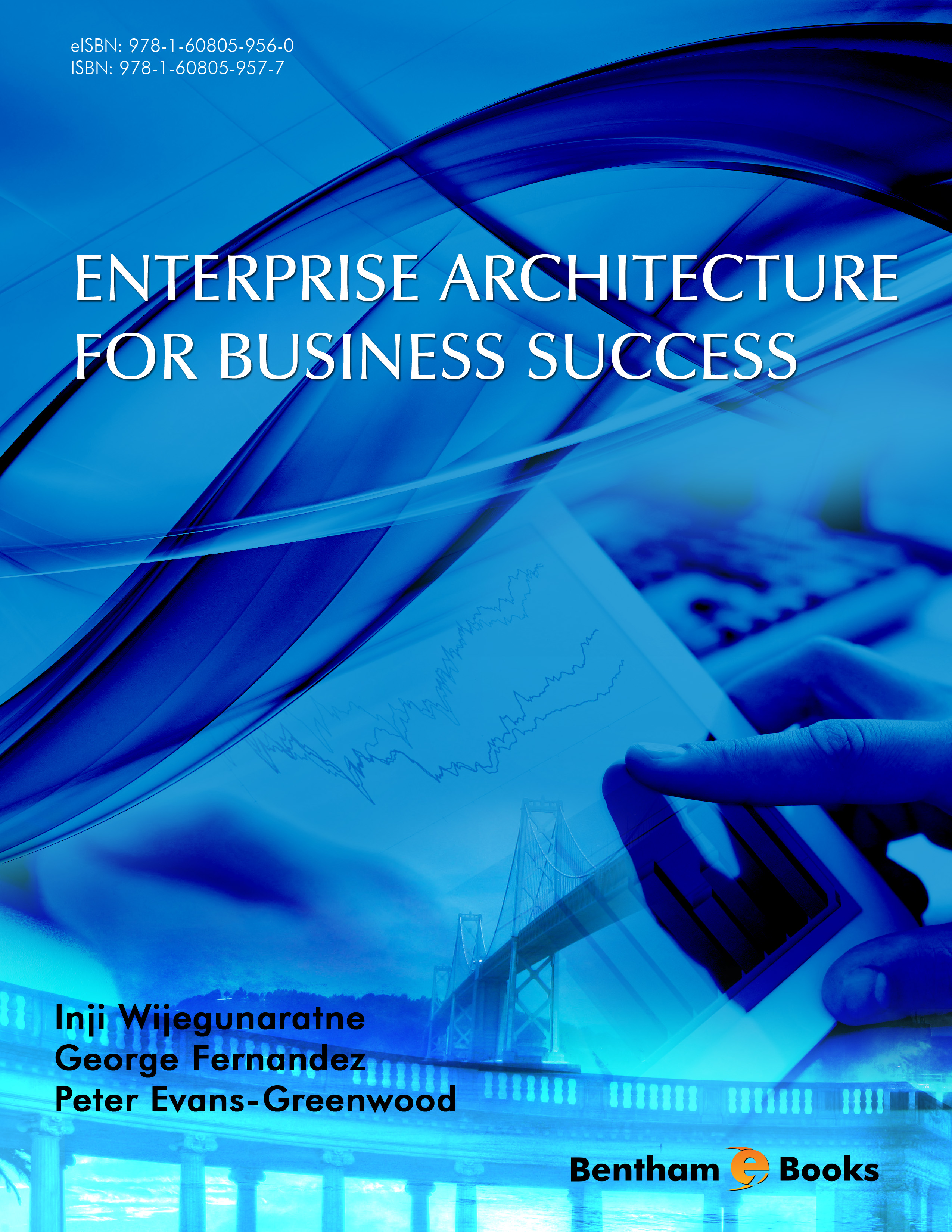Enterprise Architecture today is laden with frameworks, techniques, and processes. There are numerous flavours of these instruments available to the practitioner. Some, such as TOGAF and the Zachman frameworks are relatively well known, as are US Government frameworks (eg FEAF, DODAF). Some have publicly available reference material, while some others – consulting companies, authors in the field – have proposed their own versions.
But a fundamental question is often neglected: How does the Enterprise Architect, working in a complex corporate environment actually deliver value to the enterprise? Everything else is secondary to this point. The authors have taken this theme as the central focus of this book. As the title suggests, they have presented a very practical guide to deliver successful Enterprise Architecture outcomes.
The authors start with a hypothetical example, presenting some key ideas that are discussed in depth later on. Chapter 4 sets the scene by defining the terms and introducing the structural elements of their approach. In the next three chapters the reader is taken through the various stages of an EA “program”. Following a chapter that talks explicitly to EA delivering value, the book ends with a set of case studies from the authors’ experience. Several important points are made in this process:
• What does the label enterprise architecture actually mean? It defines several facets of meaning behind this term
• The importance of aligning the enterprise architecture cycle with the business cycle – of planning, implementing and operating; and within this, the alignment of enterprise architecture development with business strategy and objectives.
• In the initial key stages of business planning – where direction setting occurs – essential business skills are required. Understanding the business, communicating in “business speak”, and taking the IT cue from business imperatives; are more important skills in these vital early stages than heavyweight frameworks and elaborate architecture detail.
• The responsibilities of an enterprise architect must change and expand to cover much more than the traditional technical/IT domain. These include the ability to make your voice heard in senior and executive management circles, facilitating business and IT alignment, periodically assessing performance of the IT estate as well as assessing the benefits of business/IT initiatives.
The authors’ prescription for successful enterprise architecture resonates strongly with my own experience in managing the enterprise architecture function in large and complex organisations. In my own experience running Enterprise Architecture teams I have seen my EA team move from purely IT driven technical architecture standards to more strategically aligned business capability driven architecture. EA function should assist the business achieve their strategies by enabling enterprise wide business capabilities to reduce costs and optimise the investment spend. This can only be achieved by working closely with business stakeholders and developing business capability roadmaps that can evolve the business capability improvements over time. The book talks about Enterprise Architecture work aligning with the corporate investment planning cycle. This is critical to ensure investments can be aligned and sequenced to evolving the most critical business capabilities to support the business strategies.
Established EA practitioners as well as to those intending to work in or starting out in EA would find this book useful as a practical guide and a source of resource material.
Chris Tisseverasinghe
Head of Enterprise Architecture
National Australia Bank
Australia

